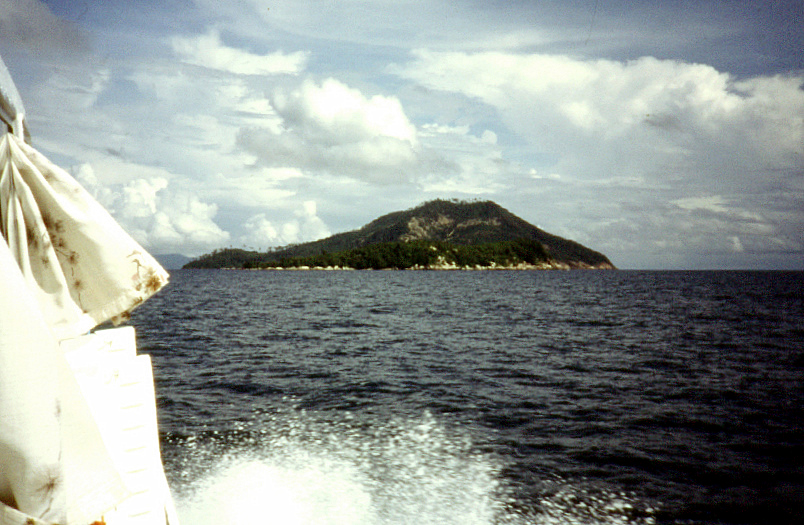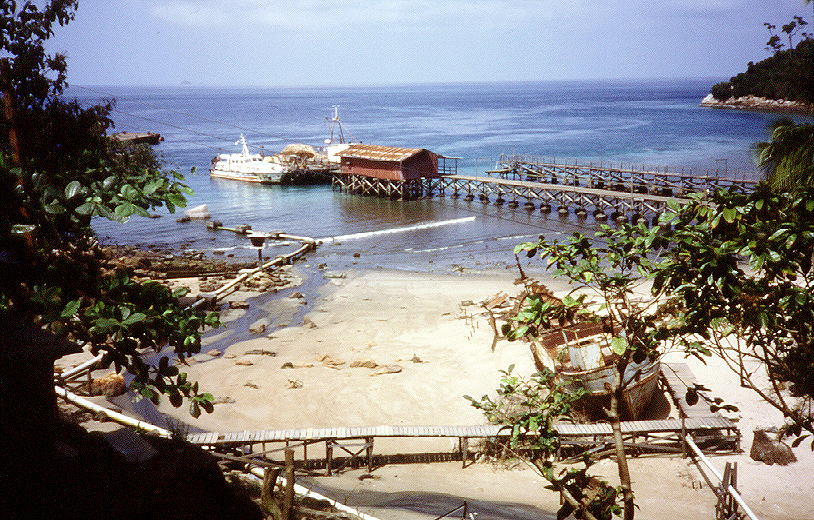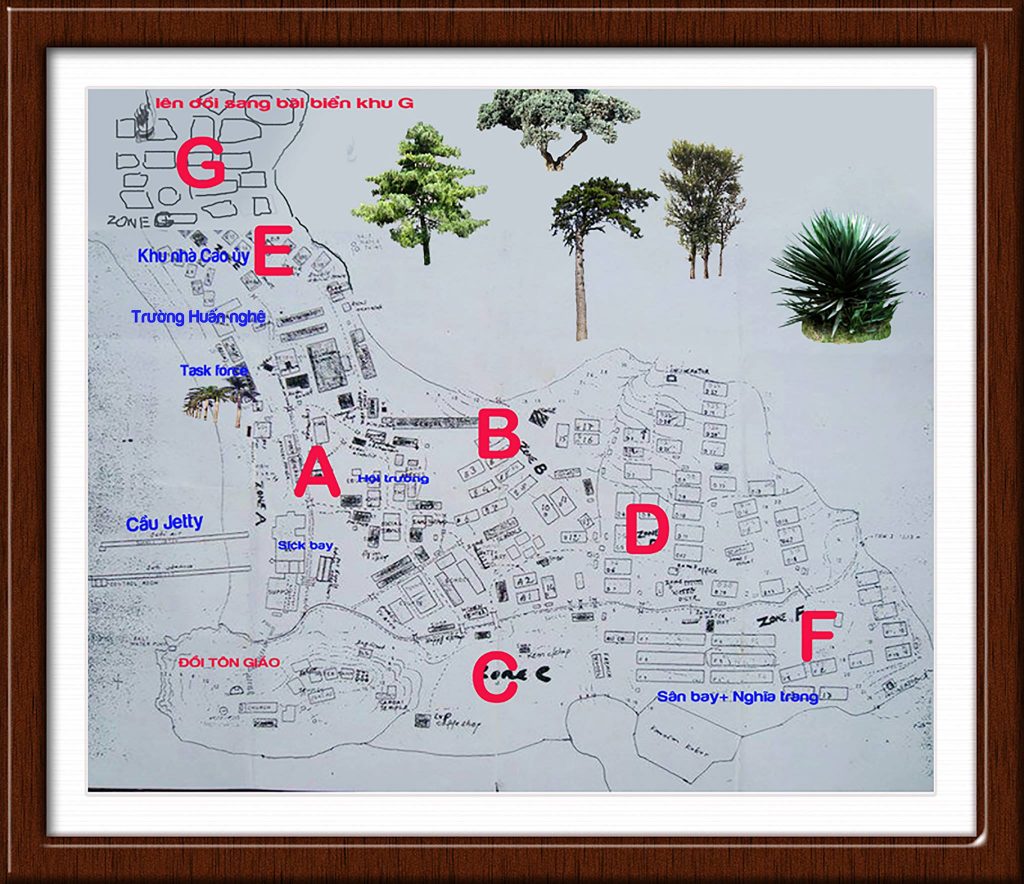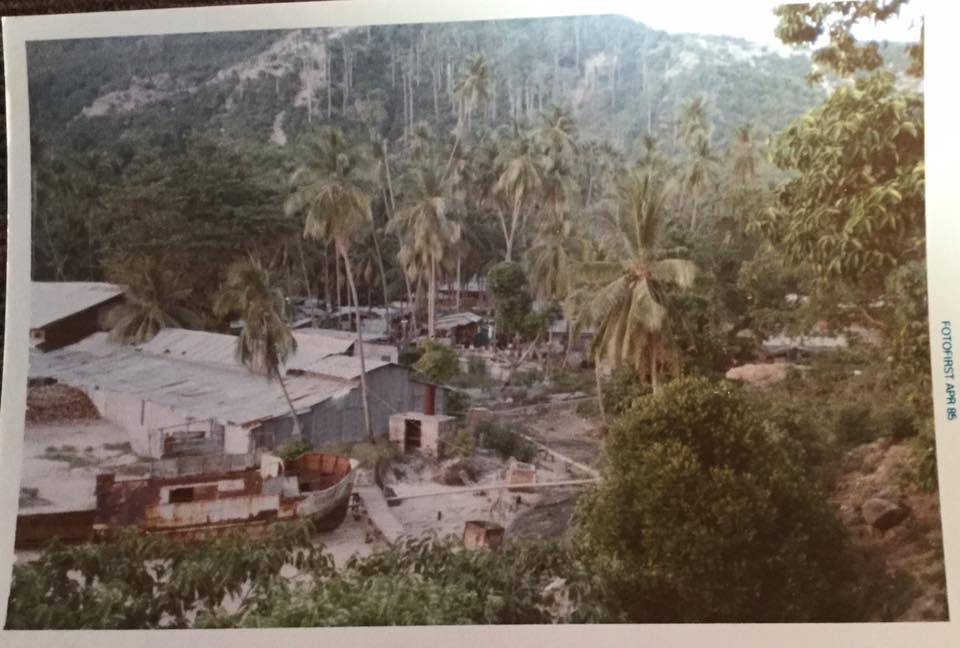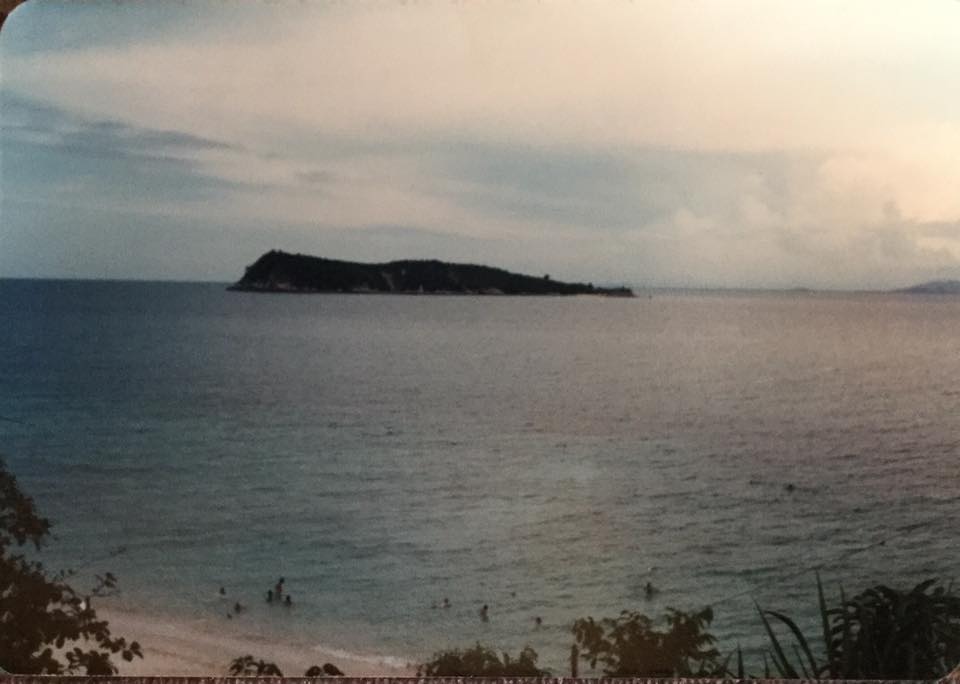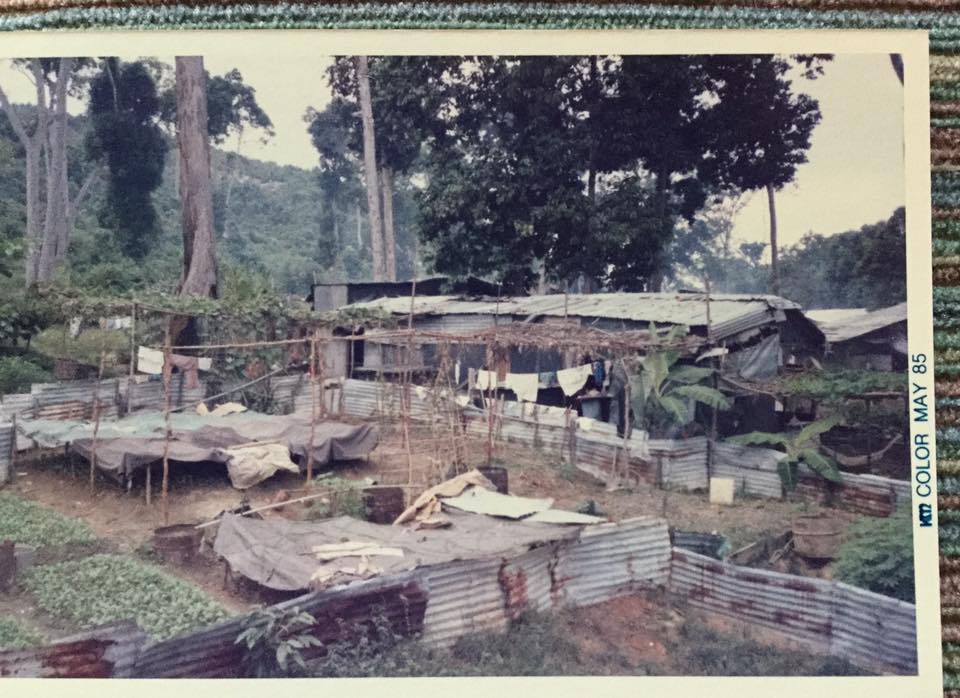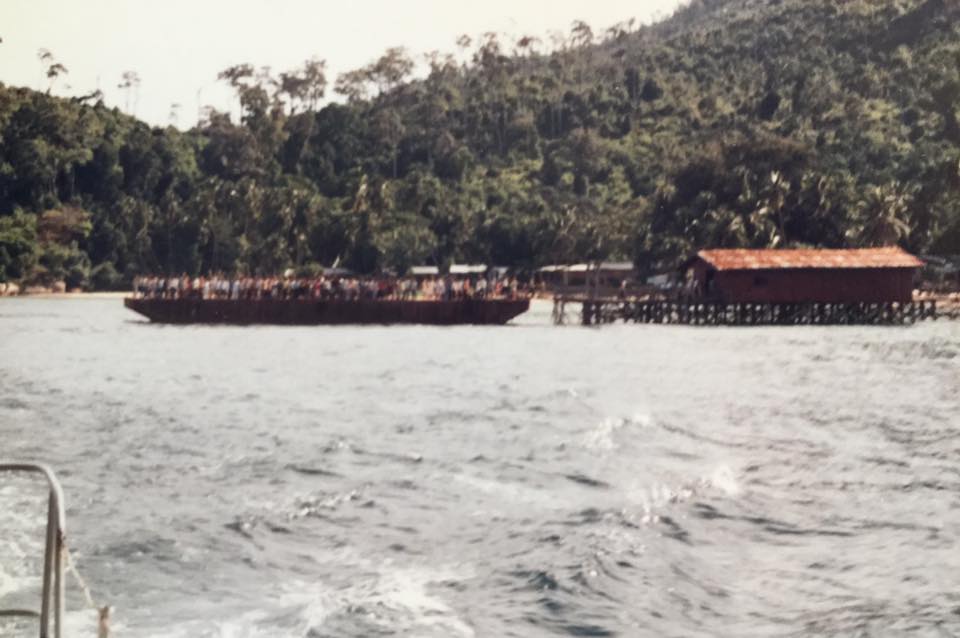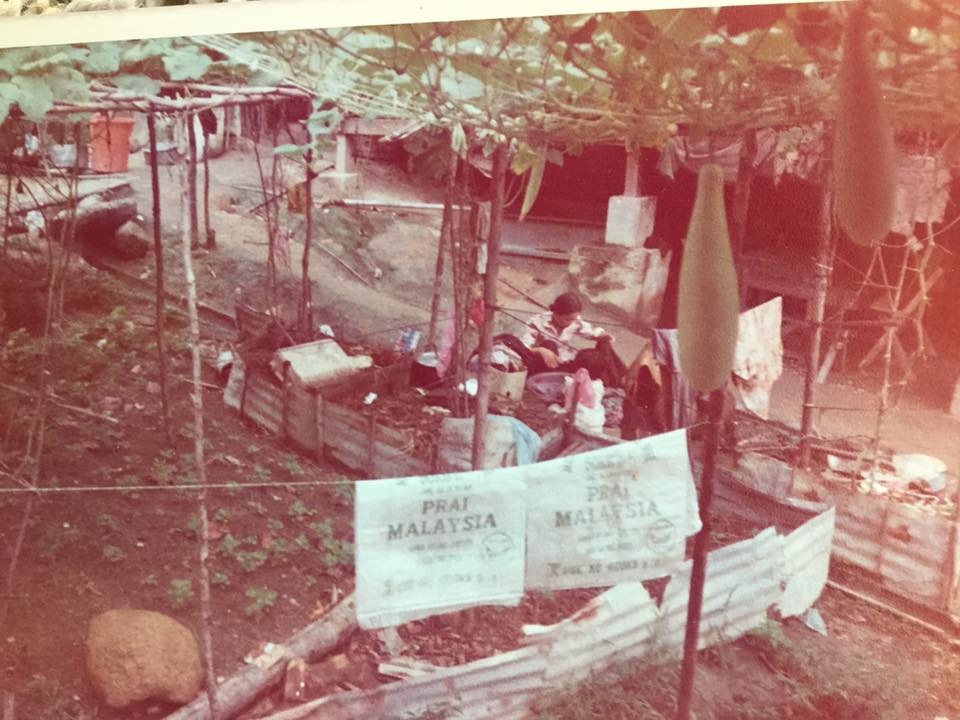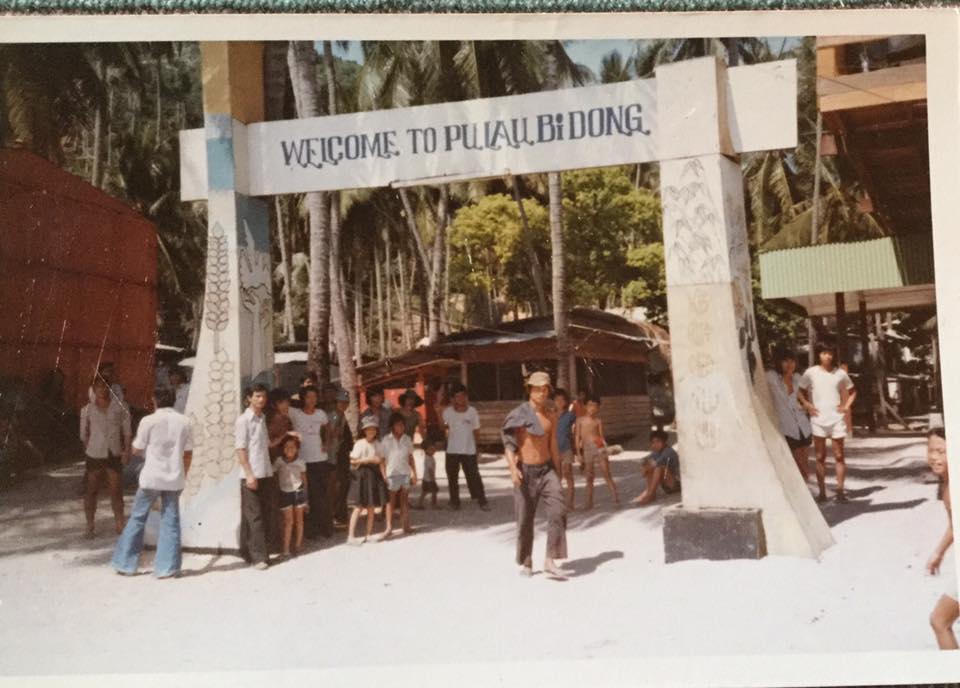Bidong Island The Bidong Archipelago comprises six islands. Largest island (about 260 ha in size), Bidong was one of the scenic and uninhibited islands in those days. With the huge number of boat people landed on the island, in August 1978 the federal government ‘borrowed’ this island from the state government of Terengganu and gazetted Bidong as a refugee camp.Bidong is one square kilometer in area and is situated off the coast of Terengganu, Malaysia in the South China Sea. Bidong Island is accessible from the coastal town of Merang.
In May 1975, the first boat with 47 refugees arrived in Malaysia from Vietnam. They were called “boat people.” However, the number of boat people fleeing Vietnam was relatively small until 1978. was officially opened as a refugee camp on August 8th, 1978 with 121 Vietnamese refugees. The capacity of the camp was said to be 4,500. Another 600 refugees arrived in August and thereafter the arrival of boats from Vietnam was a near daily occurrence. By January 1979, there were 18,000 Vietnamese on the island and by June 1979 it was said to be the most heavily populated place on earth with about 40,000 refugees crowded into a flat area hardly larger than a football field.
By the time Bidong was closed as a refugee camp on October 30, 1991, about 250,000 Vietnamese had passed through or resided in the camp. With the closing of the camp, the remaining refugees were repatriated back to Vietnam. The refugees strongly protested their forced repatriation. A total of 9,000 Vietnamese were repatriated between 1991 and August 28, 2005 when the last refugees departed Malaysia for Vietnam. In 1999, the island was opened to tourism. It has regained its former pristine beauty and many former refugees have revisited their old home.
In the late 70s, Pulau Bidong was also home to Cambodians, who tried to flee the Khmer Rouge regime, Chinese-Vietnamese, who tried to escape Vietnamese Government.
Closing ceremony Bidong was officially closed with a farewell ceremony on October 30th, 1991. Bidong Island was officially handed back to the Terengganu state government, but remains restricted to the public until 1999.
Source: Wikipedia




